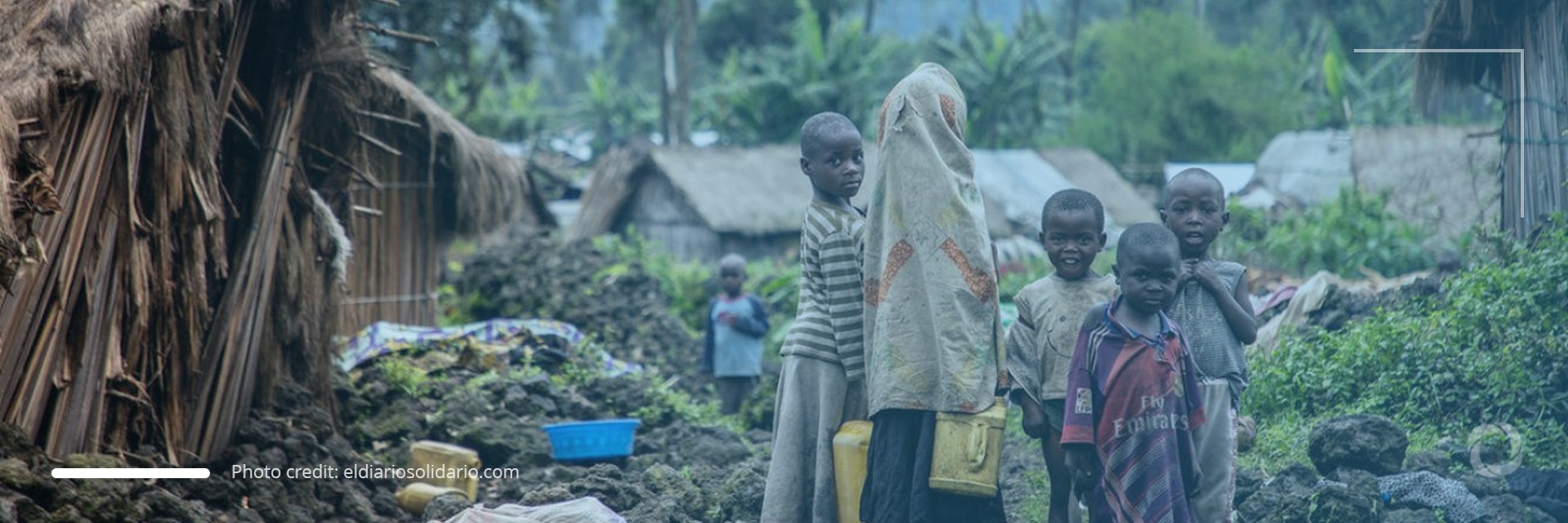Ten countries are experiencing the direst and most ignored displacement crises with people being forced to leave their homes due to conflicts, climate-driven natural disasters, or humanitarian crises.
The Norwegian Refugee Council (NRC) has found that in 2020 the most neglected displacement situations occurred in DR Congo, Cameroon, Burundi, Venezuela, Honduras, Nigeria, Burkina Faso, Ethiopia, Central African Republic, and Mali. This list, therefore, indicates that Africa is home to the most crisis-hit countries.
DR Congo experienced the largest number of displaced people last year with NRC assessing that every day about 6,000 Congolese were forced to leave their homes with the displacements fueling the humanitarian crisis, hunger, and poverty. All in all, about 5 million people left their homes due to brutal violence and food insecurity and 1 million fled to neighboring countries. Just under 33% of the money required to cover their needs was made available making their situation one of the most underfunded crises globally.
In Cameroon, the number of new displacements in 2020 increased almost twofold as 123,000 civilians left their homes. As of the end of the year, over 1 million people in Cameroon were internally displaced and had received neither attention nor assistance.
By the end of 2020, 130,000 people in Burundi were displaced and 300,000 Burundian refugees were living in neighboring countries, many having fled because of flooding and drought that went practically unnoticed by the media.
One of the largest and most neglected displacement crises took place in Venezuela with the UN estimating that more than 5 million people have left the country as a result of the economic and humanitarian crisis. NRС points out that this situation has received inadequate attention bearing in mind the extent of the emergency and last year the UN collected less than 40% of the financing needed to address it. The Organization of American States has assessed that needs will only increase as the number of refugees and migrants from Venezuela will probably rise by 2 million in 2021.
Another Latin American country badly affected by displacements is Honduras where people were forced to leave their homes not only as a result of two hurricanes in close succession but also because of violence by organized crime groups, poverty, and unemployment. This crisis was again neglected by the media and the international community. However, in 2021 some hope has appeared on the horizon as the new US administration has expressed a wish to channel more financial resources to address the situation.
In Nigeria, the ongoing conflict that started in 2009 has now so far forced more than 3 million people from their homes.
In Burkina Faso, which has a population of 20 million, 1.2 million people are displaced with displacements doubling in 2020 while the country itself hosts 20,000 refugees from other nations.
There were 2.7 million displaced people in Ethiopia last year and 900,000 refugees from South Sudan, Somalia, and Eritrea were living in the country whilst in the Central African Republic over 300,000 people were newly displaced as a result of violence and fighting over natural resources.
The 10th ranked country, Mali, saw the number of internally displaced people hiking to 326,000 by the end of the last year, an increase of 50% compared to 2019.

